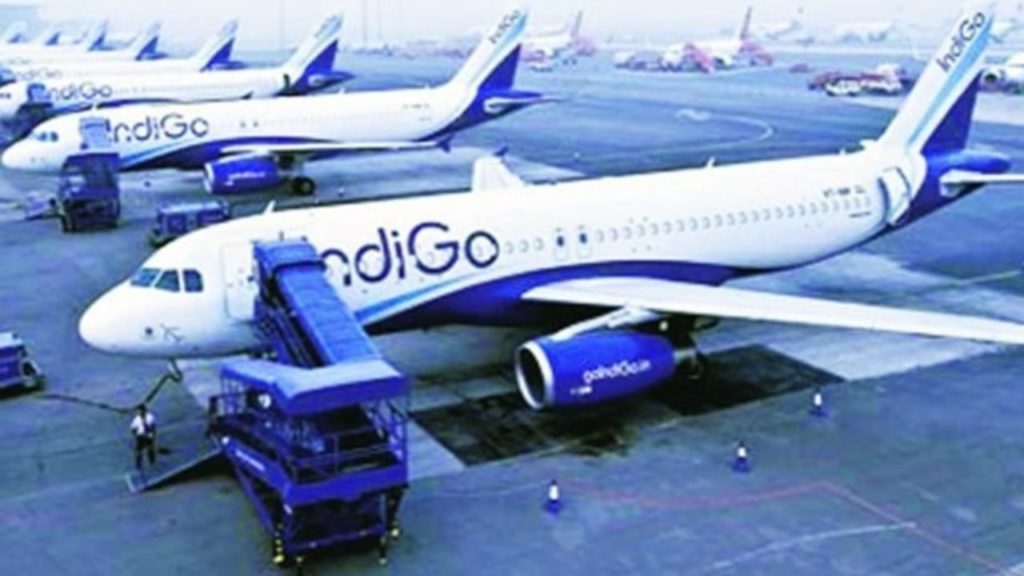Indigo Becomes 1st Airlines To Use 100% Made In India Navigation System To Land An Aircraft!

For the first time, a plane successfully landed at its destination using India’s own satellite-based augmentation.
Contents
Test Flight
An IndiGo-operated ATR 72-600 aircraft landed at Kishangarh airport on Thursday.
It made use of an approach process guided by the indigenous GAGAN, or GPS-aided GEO Augmented Navigation.
This was a trial landing at the small airport near Ajmer in Rajasthan which marked India’s entry into a small club comprising the US, Japan and Europe with its own satellite-based augmentation system (SBAS).
DGCA To Give Approval
The test flight that landed at Kishangarh is a part of the approval process with aviation safety regulator DGCA.
This process includes training of pilots, validation of approach and simulator sessions.
A DGCA team was on board the flight and after granting approval, the procedure can be used by commercial flights.
The SBAS was developed by the US, Japan, Europe and India and is already operational.
It is a navigation system, which builds on the Global Navigation Satellite Systems (GLONASS), and adds to the accuracy and integrity of these navigation tools.
This is helpful to both civilian and military aircraft operators, the pilots of which can land at smaller airports and airstrips using navigation guidance without expensive instrument-based landing systems on the ground.
A senior official at the Airports Authority of India (AAI) said that guided approaches made using GAGAN are “operationally nearly equivalent” to ILS Category-1 without “the need for ground-based navigational infrastructure”.
Broader Capabilities
The main use for the indigenous system may be in aviation but it also benefits other segments such as intelligent transportation, maritime, highways, railways, security agencies, telecom, etc.
Once fully rolled out, it will make several smaller airports such as those in the North-East capable of having aircraft land in low-visibility scenarios.
GAGAN was developed by the AAI and the Indian Space Research Organisation
Non-Aviation Use Cases
As mentioned earlier, it has other uses aside from aviation.
In coordination with Indian National Centre for Ocean Information Services (INCOIS), the AAI has implemented GAGAN Message Service (GMS) through which alert messages can be sent to fishermen, farmers, and disaster affected people in the event of natural disasters and calamities.
“Additional capabilities are also being explored such as in railways, surveying, agriculture, power sector, mining etc,” the AAI said.

Comments are closed, but trackbacks and pingbacks are open.